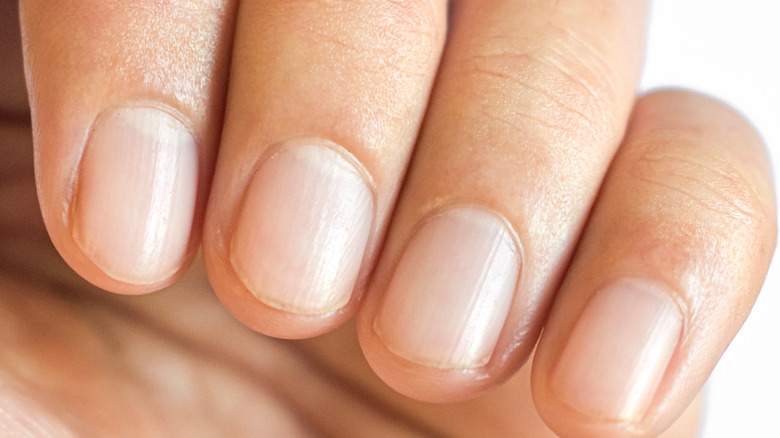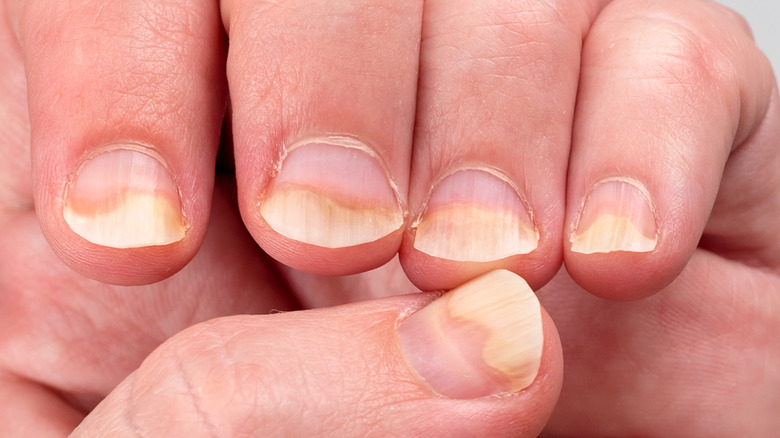Nail Pitting: What Causes It & How You Can Treat It
Nails can often be indicative of health. Some of the most common transformations individuals can notice include changes in color, texture, and the overall look and feel of their nails. For example, your nails may feel more brittle or perhaps thin. Conditions such as eggshell nails can even make your nails feel flaky. Sometimes, some of these conditions may be more obvious or easy to identify than others. Thankfully, however, they are all treatable.
While rare, some people experience a condition known as nail pitting. This nail condition is typically characterized by indents or "pits" in the nails, hence the name "nail pitting." For some, it may even give the appearance of waves or ridges. If you're unsure, you may be able to feel the texture of the pitting when you run your fingers over your nails. While some individuals may not find it so bothersome, you may want to eliminate the pesky problem once and for all. Below, we'll cast an eye over the several causes of nail pitting, alongside how to treat it.
Nail pitting can have several causes
If you suspect you have nail pitting, then you likely want to know what is causing it. When it comes to nail pitting, it usually implies an underlying issue rather than a problem with your nails directly. So, what causes them? Annoyingly, nail pitting has several underlying causes, so it can be difficult to pinpoint one reason by yourself. Some potential causes can include psoriasis, psoriatic or reactive arthritis, eczema, alopecia areata, and lichen planus. With psoriasis, you may notice that your nails turn yellow or brown alongside the pitting, which can signify psoriatic nail disease. To pinpoint the exact cause, you should visit your doctor, who can help determine the trigger for your nail pitting.
A previous 2013 study from the Indian Journal of Dermatology found that individuals above 40 were more likely to suffer from nail pitting than younger ones, thus putting older people at a higher risk of experiencing it. This shows that factors such as age can also play a role. While this is frustrating, it could contribute to your nail woes. But how can you treat it?
You should treat the underlying cause
So, how do doctors treat nail pitting? It turns out there are several different options; however, your doctor will know which is the most suitable for you. Some treatment options include topical treatments. However, board-certified general and cosmetic dermatologist Kunal Malik, M.D., tells Popsugar these are not the best option for your nails: "Generally, treating nail pitting is difficult, as topical medications are unable to easily penetrate through the nail plate to the nail bed. Injecting corticosteroids into the nail matrix can also be tried, although this is painful." For this reason, it may be very likely that your doctor will recommend an alternative treatment route instead.
However, you may not even have to treat them at all. If nail pitting isn't causing you pain, then leaving them alone is a perfectly viable option that you can consider. On the other hand, if you are in pain, the nails can either be removed or injected with steroids known as corticosteroids, which act as an anti-inflammatory to treat the problem. Ultimately, your doctor can recommend what is best for your case, depending on factors such as severity and underlying issues triggering your condition. Once a doctor determines this, you should be able to move forward.


